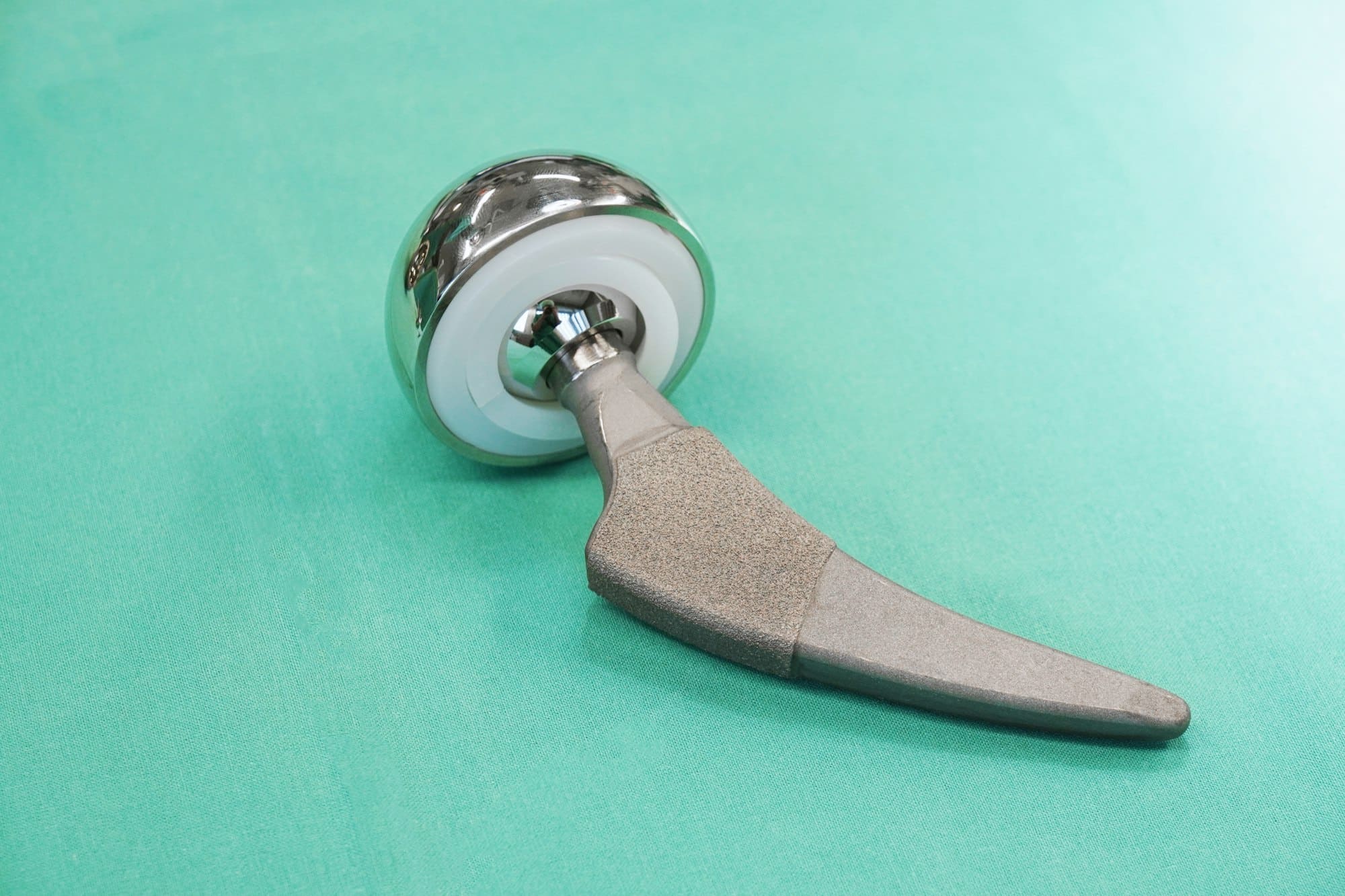Dental implants hold immense potential for restoring smiles and improving quality of life. However, osseointegration success often depends on several design factors that can be fine-tuned for optimal results. UK prosthodontists are uniquely positioned to enhance their practices by implementing innovative strategies in dental implant design. This guide explores evidence-based approaches and insights tailored to the specific challenges faced in the UK, empowering professionals to achieve superior patient outcomes and elevate their implantology expertise.
Understanding Osseointegration in Dental Implants
Osseointegration is a critical process in the success of dental implants. It involves the direct structural and functional connection between living bone and the surface of a load-bearing artificial implant. This process is essential in prosthodontics as it ensures the stability and longevity of dental implants, allowing them to function like natural teeth.
Topic to read : Revolutionary Approaches: How UK Podiatrists Are Transforming Achilles Tendinitis Treatment
Several factors influence the success of osseointegration. The quality and quantity of bone at the implant site are crucial, as denser and healthier bone typically leads to better outcomes. Additionally, the implant material and surface characteristics play a significant role. Titanium and its alloys are commonly used due to their biocompatibility and ability to promote bone growth. Surface modifications, such as roughening, can enhance the integration process.
Current research in osseointegration is focused on improving implant materials and techniques to increase success rates. Studies are exploring nanotechnology to create surfaces that better mimic natural bone, potentially accelerating the integration process. Additionally, biological coatings are being investigated to enhance the interaction between the implant and bone tissue.
Also read : Exploring Innovative Imaging Methods for Early-Stage Glaucoma Diagnosis by UK Ophthalmologists
Understanding these factors and advancements in research can significantly impact the field of prosthodontics, offering patients more reliable and long-lasting dental implant solutions.
Key Design Considerations for Dental Implants
In the realm of dental implant design, understanding the impact of material selection is paramount. The choice of material directly influences osseointegration, with titanium being a preferred option due to its excellent biocompatibility. This material not only supports bone growth but also ensures the implant's durability and functionality in prosthodontic techniques.
Implant geometry plays a crucial role in the success of dental implants. The shape and size of the implant must be tailored to fit the patient's specific anatomical requirements. This customization helps achieve optimal stress distribution and stability, essential for long-term success. Additionally, the implant's surface modifications are vital. Techniques such as surface roughening increase the surface area, facilitating better bone attachment and integration.
Micro and macro surface features are integral to enhancing the interaction between the implant and the surrounding bone. Micro features, like grooves or pits, provide additional surface area for bone cells to adhere, promoting faster osseointegration. Macro features, such as threads or ridges, offer mechanical stability and help distribute occlusal forces more evenly across the implant.
Incorporating these design considerations ensures that dental implants not only mimic natural teeth in function but also provide a reliable and enduring solution for patients.
Evidence-Based Strategies to Enhance Implant Success
In the ever-evolving field of evidence-based dentistry, understanding the factors contributing to implant success is crucial. Clinical studies have consistently highlighted the significance of adhering to clinical guidelines to achieve optimal outcomes with dental implants.
One pivotal strategy is the thorough assessment of patient-specific factors. This includes evaluating bone quality, oral hygiene habits, and overall health conditions, which are known to influence implant success rates. Research supports the use of biocompatible materials like titanium, which enhance osseointegration and longevity.
Moreover, best practices in treatment planning have been shown to significantly impact outcomes. This involves a comprehensive approach, considering the patient's anatomical and functional needs. Customizing implant geometry and surface features, as discussed in prior sections, plays a critical role in this planning phase.
Furthermore, ongoing studies emphasize the importance of post-operative care. Adhering to maintenance protocols and regular follow-ups are essential for monitoring implant health and ensuring long-term success. Evidence-based dentistry encourages practitioners to stay informed about the latest research and incorporate proven strategies into their practice, thereby enhancing the reliability and effectiveness of dental implants for patients.
Patient Factors Influencing Implant Design
Understanding patient factors is crucial in the realm of implant design. Each patient presents unique anatomical and physiological characteristics that significantly influence the success of dental implants. A thorough patient assessment, including medical history and oral health evaluation, is fundamental in crafting a personalized treatment plan.
Tailoring implant design to accommodate individual anatomical variations is essential. Factors such as bone density, jawbone structure, and gum health must be meticulously evaluated. For instance, patients with softer bone may require implants with specific surface modifications to enhance stability and osseointegration. This customization ensures that implants are not only functional but also durable over time.
Effective communication between the dentist and patient is vital in managing expectations. Patients should be informed about the potential outcomes and limitations of their implant treatment. This dialogue fosters trust and ensures that patients have realistic expectations regarding the procedure and recovery process.
Incorporating these patient-specific considerations into implant design leads to improved outcomes and patient satisfaction. By prioritizing personalized treatment, dental professionals can deliver solutions that are both effective and tailored to the individual's needs, ultimately enhancing the overall success of dental implants.
Advanced Technologies in Implant Design
In the evolving landscape of prosthodontics, the integration of advanced technologies is reshaping dental implant design. Digital dentistry plays a pivotal role in enhancing precision and efficiency in implant procedures, offering significant improvements over traditional methods.
Central to this technological advancement are CAD/CAM systems (Computer-Aided Design and Computer-Aided Manufacturing), which have revolutionised the way implants are designed and manufactured. These systems enable the creation of highly accurate and customised implants that perfectly match the patient's anatomical structure. By utilising 3D imaging and modelling, CAD/CAM systems ensure that implants are tailored to individual needs, enhancing both functional and aesthetic outcomes.
The benefits of adopting CAD/CAM systems in implant design are manifold. They provide increased accuracy, reduced chair time, and improved patient satisfaction. Additionally, these systems facilitate a streamlined workflow, from initial planning to final placement, reducing the potential for human error.
Looking ahead, the future of implant technology is promising, with ongoing research into digital innovations and materials. Trends such as artificial intelligence and machine learning are expected to further refine implant design processes, enhancing the precision and predictability of outcomes in prosthodontics. These advancements underscore the importance of embracing technology to improve patient care.
Biomechanics of Dental Implants
Understanding the biomechanics of dental implants is crucial for ensuring their success and longevity. At the heart of this is the concept of implant stability, which is essential for proper osseointegration. Implant stability is influenced by the distribution of loads and stresses that occur during everyday activities like chewing.
Proper load distribution is vital for maintaining implant stability. If loads are unevenly distributed, it can lead to excessive stress on the bone, compromising osseointegration. This highlights the importance of designing implants that evenly distribute stress, which helps in maintaining the integrity of both the implant and surrounding bone.
Biomechanical studies have shown that the geometry and surface characteristics of an implant significantly affect how loads are distributed. These studies provide valuable insights into designing implants that can withstand the forces exerted during mastication. For instance, implants with specific thread patterns and surface textures can improve load distribution, enhancing stability.
By focusing on the biomechanical aspects of dental implants, researchers and practitioners can develop solutions that not only improve implant stability but also enhance patient outcomes. Understanding these factors ensures that implants function effectively, providing a reliable and durable solution for dental restoration.
Case Studies on Successful Implant Designs
Exploring case studies reveals valuable insights into successful implant designs. In the UK, several success stories highlight innovative approaches in clinical applications.
One notable case involved a patient with compromised bone density. The solution was an implant with a unique surface modification designed to enhance osseointegration. The outcome was remarkable, showcasing improved stability and patient satisfaction. This case underscores the importance of tailoring implant designs to individual needs, particularly in challenging anatomical scenarios.
Another success story featured a patient requiring full-arch restoration. The clinical team employed a digital workflow, utilising CAD/CAM technology. This allowed for precise implant placement and customised prosthetics. The result was a significant improvement in function and aesthetics, demonstrating the efficacy of integrating advanced technologies in implant design.
Lessons learned from these clinical applications include the critical role of personalised treatment plans. Each case study illustrates the necessity of adapting implant designs to meet specific patient requirements. Furthermore, the use of digital tools enhances precision and efficiency, leading to better outcomes.
By analysing these case studies, dental professionals can glean valuable insights into designing implants that are both effective and tailored to patient needs, ultimately improving the success rates of dental restorations.
Industry-Specific Guidelines for UK Prosthodontists
In the UK, prosthodontists must adhere to specific regulations and standards to ensure the success and safety of dental implants. These UK guidelines are crucial for maintaining high-quality care and patient satisfaction. Regulatory bodies, such as the General Dental Council (GDC), set comprehensive standards that practitioners must follow.
Adhering to these prosthodontics standards involves understanding and implementing best practices in implant procedures. Compliance ensures that all implants meet safety and efficacy requirements, protecting both practitioners and patients. It is essential for prosthodontists to stay informed about changes in regulations to maintain regulatory compliance.
To support ongoing education, various resources are available. The British Society of Prosthodontics (BSSPD) offers workshops and seminars that focus on the latest advancements and regulatory updates. These programs help prosthodontists stay current with industry developments and enhance their skills.
Furthermore, engaging in continuous professional development is vital. Accessing journals, attending conferences, and participating in peer discussions are effective ways to remain informed. By prioritising education and compliance, UK prosthodontists can ensure they provide the highest standard of care, aligning with both industry standards and patient expectations.
Techniques for Post-Operative Care
Effective post-operative care is crucial in ensuring the success and longevity of dental implants. It enhances osseointegration and promotes overall implant health, making it a vital component of the implantation process.
Best Practices for Post-Operative Care
To optimize recovery, patients should adhere to specific care protocols immediately following surgery. These include maintaining oral hygiene, avoiding hard foods, and attending regular follow-up appointments. Such practices are designed to support the healing process and prevent complications.
Monitoring and Maintaining Implant Health
Regular check-ups are essential for monitoring implant health. These visits allow for the assessment of osseointegration and the early detection of any potential issues. Dentists may use imaging techniques to examine bone integration and ensure that the implant is stable.
Importance of Patient Education
Educating patients about implant maintenance is fundamental. Patients should be informed about the importance of oral hygiene and how to care for their implants at home. Proper education empowers patients to actively participate in their recovery, reducing the risk of implant failure.
By focusing on these aspects of post-operative care, dental professionals can significantly improve implant outcomes, ensuring that patients enjoy the full benefits of their dental restorations.
Future Directions in Implant Design Research
The field of dental implants is poised for exciting future research and innovations. Emerging trends focus on enhancing implant design through advanced technologies and interdisciplinary collaboration. As the demand for improved dental restoration solutions grows, researchers are exploring new methodologies to meet these needs.
Implant design trends are shifting towards more personalised and adaptive solutions. One promising area is the development of smart implants that can monitor and respond to changes in the oral environment. These innovations could lead to implants that adjust to biological cues, enhancing osseointegration and longevity.
Interdisciplinary collaboration plays a crucial role in advancing implant designs. By integrating knowledge from fields such as materials science, bioengineering, and digital technology, researchers can develop more sophisticated and effective implant solutions. This collaborative approach fosters innovation and accelerates the translation of research into clinical applications.
Potential future technologies include the use of nanotechnology for creating bioactive surfaces that mimic natural bone, as well as the application of artificial intelligence to optimise implant placement and design. These advancements hold the promise of revolutionising the way dental implants are conceived, designed, and utilised, ultimately leading to more successful patient outcomes.
















